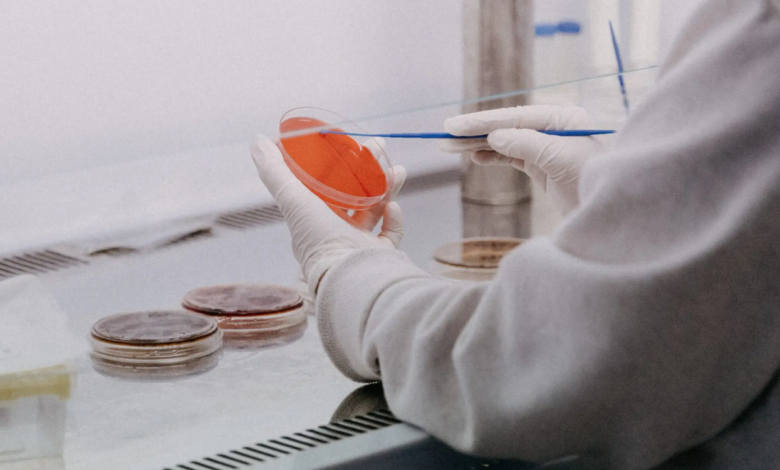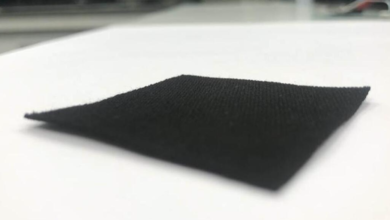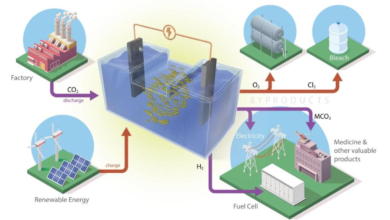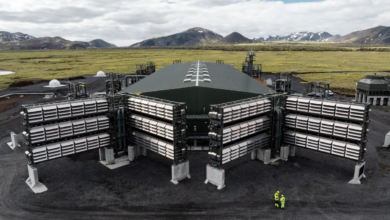Meat Grown, the great business that looks to a sustainable future

Growing world demand for meat
That of cultivated meat is one of the recurring themes when it comes to agribusiness. But, beyond the supposed sustainability, it is definitely a great business judging by the big investors that revolve around it.
Global demand for meat continues to grow as the world’s population increases; as its environmental impact increases.
Meat Grown products could be a solution to satisfy consumers looking for quality protein. At the same time, they could address sustainability, environmental, and supply chain concerns.
The experiments pursue sustainability
Therefore, in search of alternative solutions but of equal nutritional value and also pleasant to the taste, they continue to follow experiments that pursue full sustainability.
Regardless of the doubts of some about the taste and ingredients (it is inevitable that there are additives of various kinds to recreate the appearance, texture and flavor of the meat) many uncertainties concern precisely the sustainability that we seek to pursue.
The technologies used do not yet give certainties from this point of view: they should reduce the emissions of greenhouse gases, and consume less water and soil, but it is still to be verified.
Finally, the price factor is not negligible: today the meat grown is outside the reach of all budgets, but certainly in the near future and with the improvement of technologies, it could become more affordable.
Services to develop cultivated meat
A new project for the experimentation of cultivated meat is that of Solaris Biotech (an Italian company specializing in the realization of fermenters, bioreactors and filtration systems for use both in research and development and production) and Extracellular, a center that provides support for experiments on cultivated meat in terms of development, production and marketing.
Solaris ONE is a fermenter/cultivator that performs stirring, temperature, pH and oxygen controls. In practice, it is used to cultivate microorganisms or cells in a controlled environment: it begins with small-scale experimentation and then passes to larger systems.
Solaris Biotech provides services to the industry that wants to develop the project. The aim is to bring increasingly innovative solutions to the market: another step towards cultivated meat.





